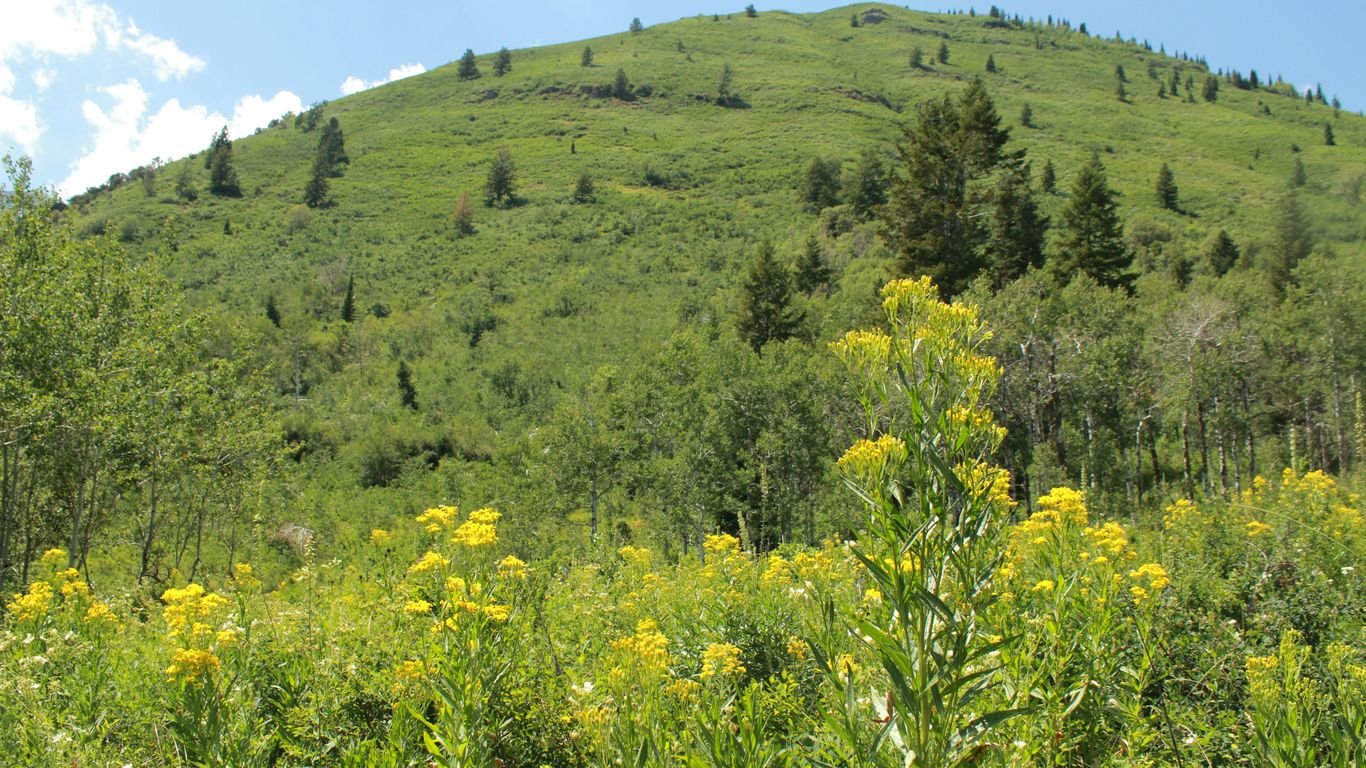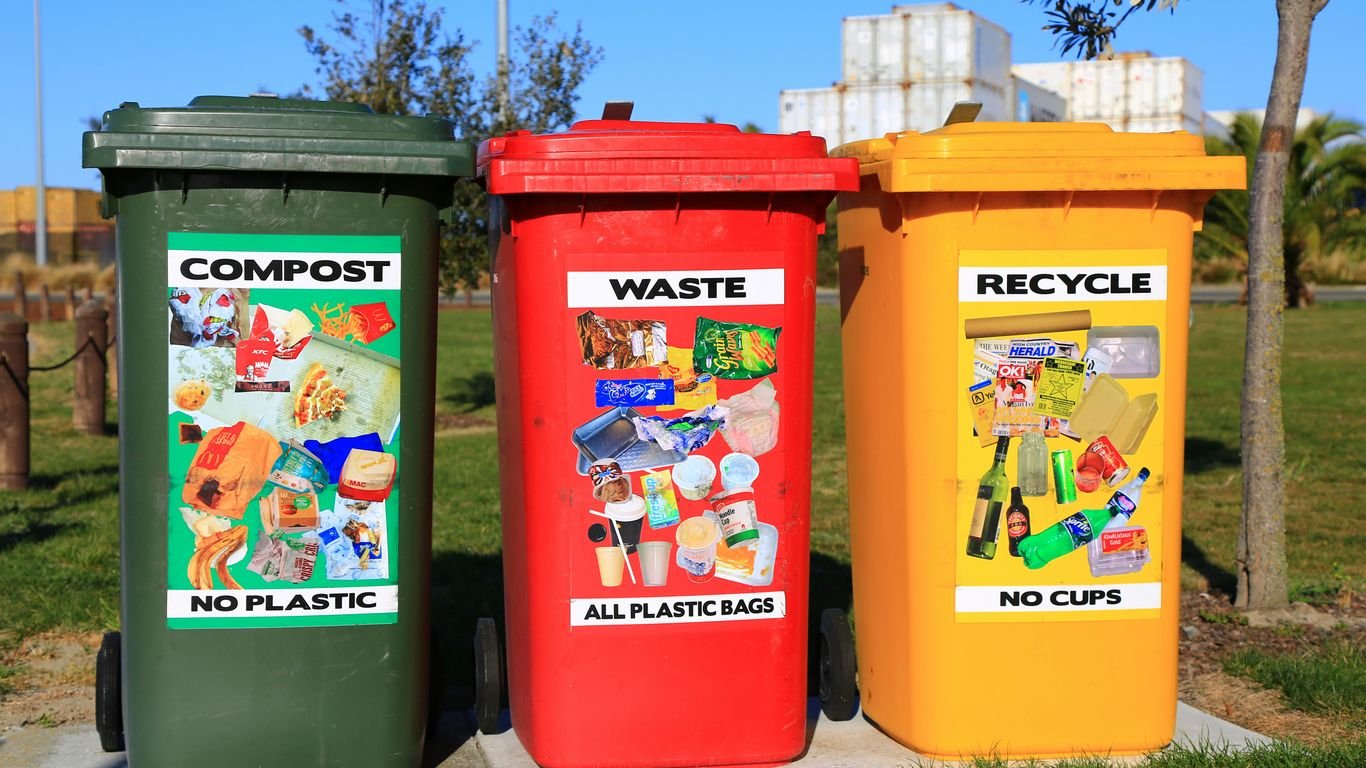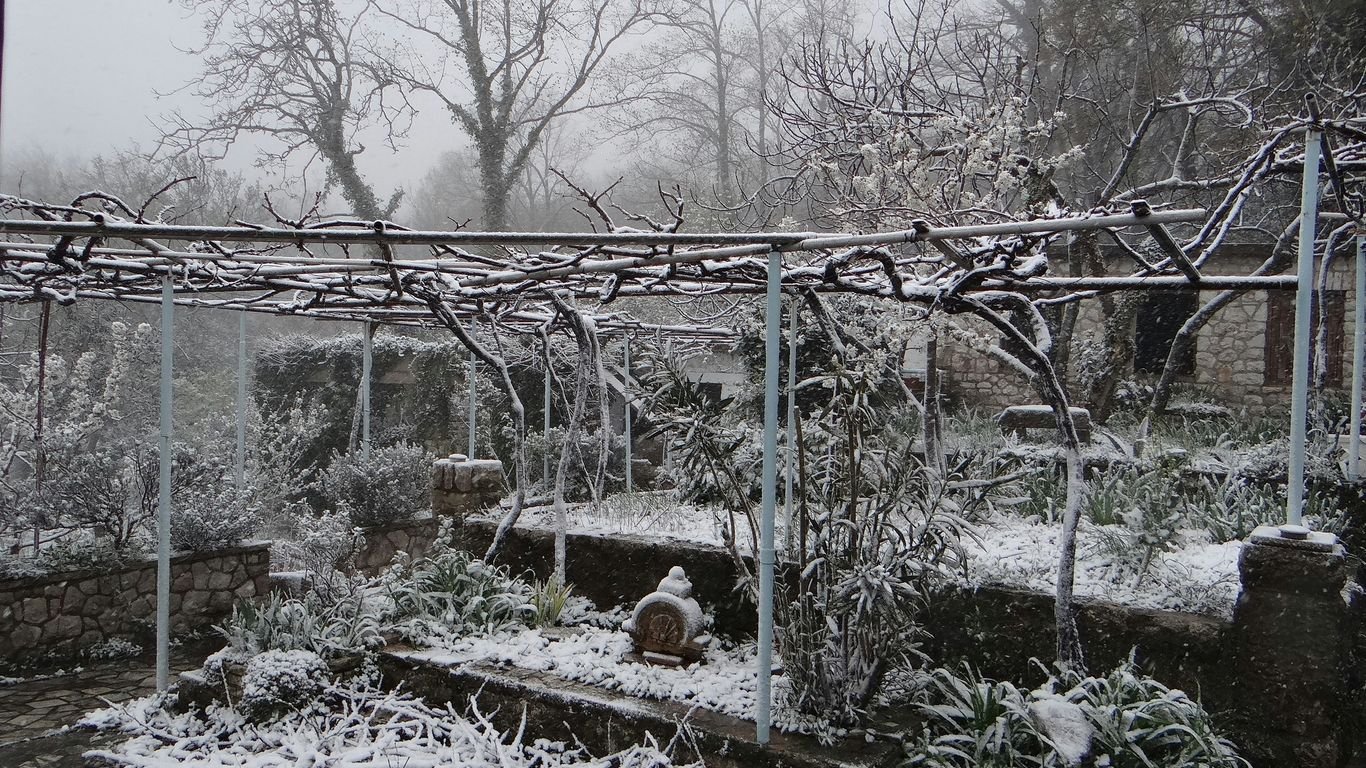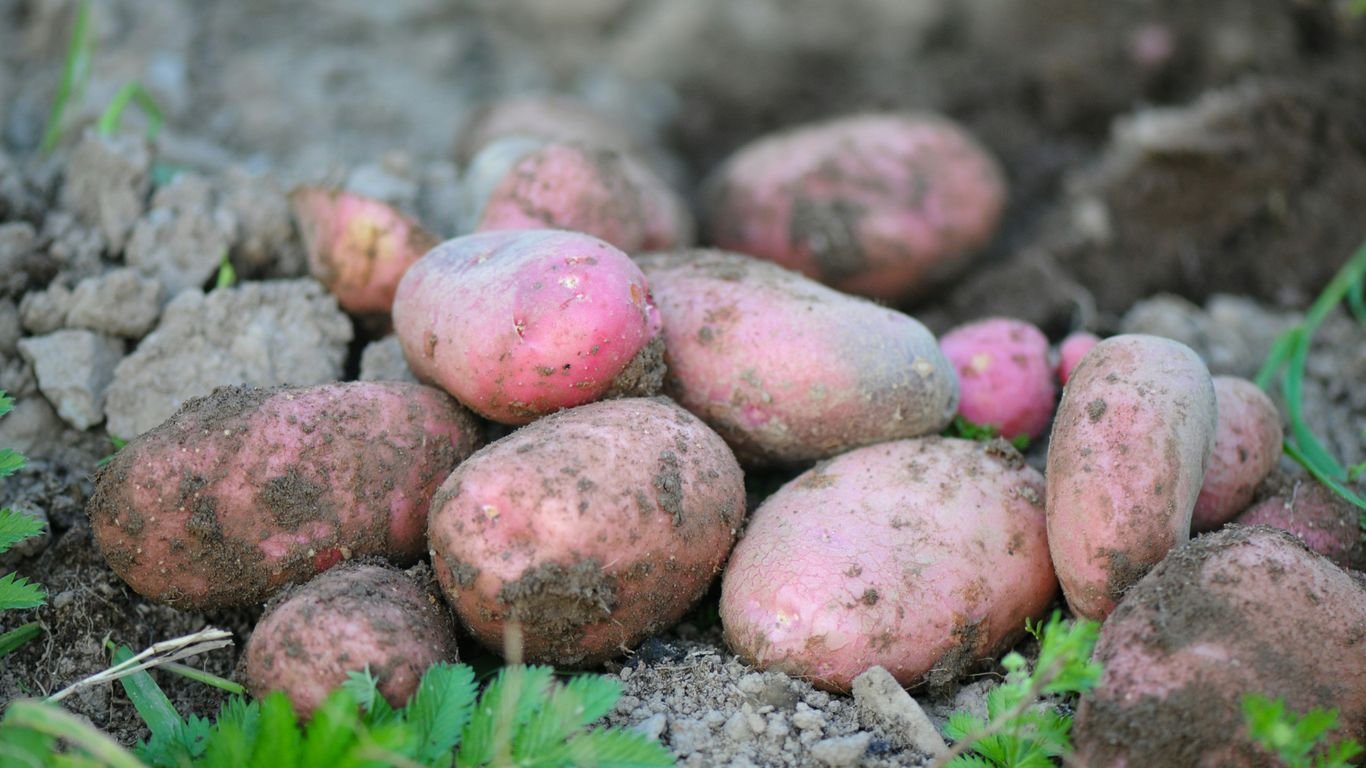Foraging in Colorado: High-Altitude Edibles and Medicinal Plants

We’re excited to share our journey into the world of foraging in Colorado. The mountains offer so much, from tasty wild greens to plants that can help us feel better. We’ve been learning how to find and identify these natural gifts, and we want to bring you along. It’s a great way to connect with the outdoors and discover new flavors and remedies right in our own backyard.
Key Takeaways
- Always be 100% sure of a plant’s identity before eating it. Using a few good field guides and maybe some apps can help with this. We learned that it’s best to cross-reference information.
- When foraging Colorado’s wild edibles, pay attention to where you are. Avoid areas that might be polluted or frequented by animals. Look for clean spots.
- Start small when trying new wild foods. Test a bit on your skin first, then eat a tiny amount to see how your body reacts. Don’t go overboard right away.
- Colorado’s high country has a variety of edible plants and medicinal herbs. We’ve found everything from dandelions and wild onions to barberry and stinging nettle.
- Respecting the environment is part of foraging. We should only take what we need and leave plenty behind so these plants can keep growing for everyone.
Getting Started With Foraging Colorado
So, you’re thinking about diving into the world of foraging here in Colorado? That’s awesome! It’s a fantastic way to connect with nature and find some really interesting things to eat and use. But before we go running off into the mountains, there are a few things we really need to get straight. It’s not just about grabbing whatever looks tasty; there’s a bit more to it than that.
Safety First: Identifying Edible Plants
This is, without a doubt, the most important part. You absolutely must be 100% certain about what you’re picking before you even think about putting it in your mouth. Seriously, there are a lot of plants out there, and some of them look pretty similar to the edible ones, but they can make you very sick, or worse. We’re talking about learning to identify plants with absolute confidence. It’s better to leave something behind than to guess. We’ve found that using a couple of good field guides and maybe even taking a local workshop can make a huge difference. Don’t rely on just one source; cross-reference everything.
Essential Tools For The Trail
When we head out, we try to keep our gear pretty simple but effective. You’ll want a good basket or bag for collecting your finds – something that allows for airflow so things don’t get mushy. A sturdy knife is a must for harvesting, and maybe a small trowel for digging up roots if that’s what you’re after. Don’t forget water, snacks, and a basic first-aid kit. Oh, and a reliable field guide or two specific to our region is non-negotiable. A notebook and pencil are also handy for jotting down observations.
Understanding Local Ecosystems
Colorado’s landscape is incredibly diverse, from the plains to the high peaks. Different plants grow in different places, and knowing a bit about the ecosystem you’re in will help you find what you’re looking for. Are you near a stream? In an open meadow? Underneath pine trees? Each spot has its own set of potential edibles and medicinal plants. We also need to be mindful of where we’re foraging. Avoid areas near busy roads where pollution can be a problem, and be aware of where animals might have been. It’s all about being observant and respectful of the environment around us.
When you’re starting out, focus on learning just a few common plants really well. It’s much better to be an expert on dandelions and wild onions than to have a vague idea about a dozen different things. Build your knowledge gradually.
Edible Delights Found In Colorado’s Mountains

Colorado’s mountains are a treasure trove of delicious wild foods, and we’re excited to share some of our favorites with you. It’s amazing what you can find if you know where to look and what to look for. Remember, though, positive identification is key – when in doubt, leave it out!
Wild Greens For Your Salad Bowl
Forget the grocery store for a bit; we can find some fantastic greens right in the mountains. One we often look for is stinging nettle. Don’t let the name scare you! While you’ll definitely want to wear gloves when harvesting its serrated leaves, a quick cook renders them completely sting-free and surprisingly tasty. They’re packed with nutrients, and we love adding them to soups or even making a pesto with them. Just be mindful that they can have a diuretic effect, so maybe don’t eat a huge bowl right before a long drive.
Another great find is dandelion. Yep, that common yellow flower is edible from root to bloom. The young leaves are great in salads, and the roots can be roasted. We also sometimes find pineapple weed, which looks like a little cone-shaped flower head without petals. It grows near paths and roadsides, so just be sure to harvest it away from any pollution. It’s not just tasty; it’s also known for helping us relax and aiding digestion, which is a nice bonus after a day of hiking.
Berries And Fruits To Brighten Your Day
When summer starts to fade, the mountains offer up some beautiful berries and fruits. A real gem we look for is barberry. These small shrubs have thin spines and clusters of leaves, and in the spring and summer, they produce bright red fruits that look like tiny tomatoes. They’re loaded with vitamin C, and we find they’re delicious dried for a snack. You can also make jelly or a syrup from them – perfect for topping pancakes or mixing into sparkling water for a refreshing drink.
We’re always on the lookout for other wild berries too, but it’s super important to know your berries. Some red berries can look similar but be quite toxic. Always use a reliable field guide and cross-reference your findings.
Mushrooms: A High-Altitude Treasure
Foraging for mushrooms in Colorado’s high country is a thrilling pursuit. The key is to be absolutely certain of your identification, as some mushrooms can be dangerous. We’ve had some luck finding porcini mushrooms, often called king boletes. These beauties typically show up at higher elevations, around 10,500 to 11,200 feet, especially after monsoon rains and when there’s sustained summer heat. They have a distinctive brown cap and a thick, white stalk. If you’re new to mushroom hunting, it’s best to go with an experienced forager or take a class. There are some excellent field guides specifically for Rocky Mountain mushrooms that can help you learn.
Remember, when it comes to mushrooms, it’s better to be overly cautious. If there’s any doubt about a mushroom’s identity, it’s best to leave it where you found it. We’ve learned that sticking to well-known, easily identifiable species is the safest bet when we’re starting out.
Medicinal Marvels Of The Colorado Wild

Beyond just filling our bellies, the Colorado mountains offer plants that can help us feel better, too. We’ve found that tapping into these natural remedies can be a really grounding experience. It’s like the earth is providing its own little first-aid kit, right there on the trail.
Herbs For Relaxation And Digestion
When we’re out exploring, especially at higher altitudes, sometimes our stomachs get a bit unsettled, or we just feel a general sense of unease. We’ve learned to look for a couple of plants that really help with that.
- Pineapple Weed (also known as Wild Chamomile) is a lifesaver. You’ll often find it near paths and roadsides, but always make sure to harvest from areas that aren’t polluted. Its little cone-shaped, petal-less flower heads are the key. We find that steeping these flowers makes a wonderfully calming tea. It’s great for easing anxiety and helping us wind down after a long day.
- Stinging Nettle might sound intimidating, but it’s a powerhouse for digestion once you get past the sting. You’ll need gloves to pick the young, small leaves (avoid the big, old ones as they get gritty). Cooking them neutralizes the stingers, and they’re fantastic in soups or even pesto. Just a heads-up, nettle can make you need to pee more, so maybe don’t drink a big mug right before a long car ride.
Plants For A Nutrient Boost
Sometimes, we just need a little extra something to keep us going, especially when we’re burning a lot of energy hiking. Colorado’s wild plants are packed with good stuff.
- Barberry is a small shrub that produces bright red, tart fruits. They look a bit like tiny tomatoes and are loaded with Vitamin C. We love drying them for a zippy snack, or making them into a jelly. They grow under trees like junipers and pines, so keep an eye out for them from the foothills up to about 9,000 feet. Just be super sure you’ve identified it correctly, as some other red berries in Colorado are not edible.
- Dandelions are everywhere, and we mean everywhere. Don’t overlook them! Every part of the dandelion, from the leaves to the roots, is edible and full of nutrients. The leaves can add a nice bit of bitterness to salads, and the roots can be roasted.
Traditional Uses Of Wild Flora
It’s fascinating to think about how people have used these plants for generations. We’ve picked up a few tidbits along the way that add another layer to our foraging.
Many of the plants we find useful today were also used by indigenous peoples and early settlers for both food and medicine. Learning about these traditional uses connects us to the history of this land and deepens our respect for the plants themselves.
When we’re out foraging, we always remember that positive identification is the most important step. It’s better to leave something behind than to risk eating the wrong thing. We usually carry a couple of good field guides and use plant identification apps as a backup, but nothing beats hands-on experience and learning from folks who know the local flora well.
Navigating The Landscape For Colorado Foraging
Alright, so we’ve talked about what to look for and some tools, but how do we actually find these goodies in the wild? It’s not just about wandering around hoping for the best. We need to think about where we’re going and when.
Where To Find Wild Edibles
Colorado’s landscape is super diverse, and different plants like different spots. You won’t find the same things in a dry, sunny meadow as you will by a shady creek. We’ve found that paying attention to elevation and moisture is key. For instance, some mushrooms, like porcini, really pop up in specific high-altitude zones, usually between 10,500 and 11,200 feet, especially after good monsoon rains and when it’s consistently warm.
Here’s a quick rundown of common spots:
- Meadows and Open Fields: Great for things like dandelions and some berries. Look for areas with good sunlight.
- Forest Edges and Understory: Many greens and some mushrooms like the dappled shade here. Think about areas where the forest meets a clearing.
- Riparian Areas (Near Water): Creeks, rivers, and wet meadows are prime spots for moisture-loving plants and often have richer soil.
- Disturbed Areas: Sometimes, plants we consider edibles, like purslane, can thrive in unexpected places like garden edges or even cracks in pavement, though we usually aim for more natural settings.
Seasonal Foraging Opportunities
Timing is everything in foraging. What you can find in spring is totally different from what’s available in fall. We like to think of it as a year-round treasure hunt, but you have to know the schedule.
- Spring: This is when things start waking up. We look for early greens like stinging nettle (before it gets too big and tough) and some of the first mushrooms to appear.
- Summer: This is peak season for many things. Berries start ripening, more mushrooms emerge, and a wide variety of greens are abundant.
- Fall: Berries that overwinter or ripen late are good finds, and it’s a fantastic time for mushroom hunting, especially species like porcini that love the cooler, moist conditions.
Remember, the best way to learn the seasons is to get out there and observe. Keep a journal of what you see and when. It’s a personal guide that’s way more useful than any generic calendar.
Respecting The Environment While Foraging
This is probably the most important part. We’re guests in nature, and we need to act like it. Taking too much can harm the plant population and the ecosystem. Always practice ethical harvesting.
Here are our rules of thumb:
- Never take it all: Leave plenty behind for wildlife and for the plant to reproduce. A good rule is to take no more than a third of what you find, and often much less.
- Know what you’re picking: Seriously, if you’re not 100% sure, leave it. There are too many look-alikes that can be dangerous.
- Avoid contaminated areas: Don’t pick plants from roadsides where they might be exposed to exhaust fumes or chemicals, or from areas that might have been sprayed with pesticides.
- Pack it in, pack it out: This applies to all trash, not just your foraged goods. Leave the area cleaner than you found it.
- Check regulations: Some areas, especially national parks or protected lands, have rules about foraging. Make sure you know them before you go.
Common Edibles For Your Foraging Colorado Adventure
When we’re out exploring Colorado’s stunning mountain landscapes, it’s always a good idea to know a few of the easy-to-spot edible plants that are readily available. It’s not just about survival; it’s about connecting with the land and adding some fresh, wild flavors to our meals. We’ve found that starting with a few reliable plants makes the whole foraging experience much more enjoyable and less intimidating.
Dandelions: More Than Just A Weed
Dandelions are practically everywhere, popping up in meadows, along trails, and even in disturbed areas. Don’t underestimate this common plant! We’ve learned that every part of the dandelion is edible, from the leaves to the roots. The young leaves are great in salads, offering a slightly bitter, peppery kick. If you’re feeling adventurous, you can even roast the roots or use them as a coffee substitute. Just be sure to harvest them from areas away from roads or places where pesticides might have been used.
- Leaves: Best when young and tender, perfect for salads or sautéing.
- Flowers: Can be used to make dandelion wine or jelly, or simply added to salads for a splash of color.
- Roots: Roasted and ground for a coffee-like beverage, or boiled and eaten.
Pineapple Weed For A Calming Brew
Pineapple weed, also known as wild chamomile, is a real treat, especially when we’re looking for something to help us relax after a long day on the trail. You’ll often find it growing near paths and roadsides, but always remember to harvest it away from any polluted spots. The flower heads are distinctive – they’re cone-shaped and yellowish-green, and they don’t have any petals. The smell is wonderfully fruity, like pineapple, hence the name. We love steeping the flower heads in hot water for a soothing tea that’s great for digestion and can help ease anxiety.
We’ve found that a simple infusion of pineapple weed can be incredibly calming. Just a handful of the flower heads in a mug of hot water, let it steep for a few minutes, and you’ve got a natural remedy for a restless mind or an upset stomach.
Stinging Nettle: A Nutritious Find
Now, stinging nettle might sound a bit intimidating because of its name, but trust us, it’s worth getting to know. When handled with care (gloves are a must!), this plant is a nutritional powerhouse. It’s packed with vitamins and minerals. The stingers are neutralized by cooking, so don’t let them deter you. We like to use young nettle leaves in soups, stews, or even as a spinach substitute. It’s a fantastic way to boost the nutrient content of our meals when we’re out in the wild.
Here’s a quick rundown on handling nettle:
- Wear Gloves: Always use thick gloves when harvesting nettle to avoid the sting.
- Cook Thoroughly: Boiling, steaming, or sautéing will break down the stinging hairs.
- Harvest Young Leaves: The younger leaves are more tender and have a better flavor.
Remember, positive identification is key before consuming any wild plant. If you’re unsure, it’s always best to leave it be or consult with an experienced forager.
Advanced Foraging Colorado Techniques
Once we’ve got the basics down, it’s time to get a little more specific. We’re talking about identifying plants that require a keener eye and a bit more know-how. This is where we really start to feel like seasoned foragers, spotting those hidden gems that others might walk right past.
Identifying Wild Onions
Spotting wild onions can be a game-changer for adding some zing to your meals. They often pop up in meadows and along trails, and they’re usually pretty easy to distinguish once you know what to look for. The key is the smell – crush a leaf between your fingers, and if it smells distinctly like onion or garlic, you’re likely on the right track. Always be sure to check for the characteristic round, hollow stem and the three-sided or flat leaves, depending on the species. We’ve found them growing in grassy areas, sometimes mixed in with other greens, so keeping an eye out in those spots is a good bet.
- Smell Test: Crush a leaf. If it smells like onion or garlic, it’s a strong indicator.
- Leaf Shape: Look for leaves that are typically round and hollow, or sometimes flat and three-sided.
- Stem: The stem is usually round and hollow.
- Habitat: Often found in meadows, fields, and along trails.
Harvesting Barberry For Vitamin C
Barberry bushes are little powerhouses of vitamin C, especially their tart berries. We usually find these shrubs in drier, open areas, often on hillsides. The berries are small, red, and quite sour, but they pack a serious nutritional punch. It’s best to harvest them after the first frost, as this can make them a bit sweeter and easier to handle. We like to use them in jams, jellies, or even dried for a tart addition to trail mix. Just be mindful of the sharp thorns on the branches when you’re gathering them!
Understanding Porcini Mushrooms
Porcini mushrooms are the stuff of foraging dreams, but they can be a bit tricky to pin down. We typically find them at higher elevations, usually between 10,500 and 11,200 feet, especially after monsoon rains and during sustained summer heat. They’re known for their thick, meaty texture and nutty flavor. The key features to look for are the thick, often bulbous white stalk and the smooth, brown cap. It’s super important to be absolutely certain of your identification here, as there are some less desirable look-alikes. We always cross-reference with a good field guide and, when in doubt, we leave it out. It’s better to be safe than sorry when it comes to mushrooms.
When we’re hunting for porcini, we pay close attention to the type of trees nearby. They often grow in association with conifers like spruce and fir, so looking in those areas can increase our chances of success. The ground cover, like moss or pine needles, also gives us clues.
Wrapping Up Our Foraging Adventure
So, we’ve covered a bunch of cool plants and mushrooms you can find up in the Colorado mountains. It’s pretty amazing what nature provides, right? Remember, though, the most important thing is to be super sure about what you’re picking. Seriously, don’t guess. Use those apps, get a good guidebook, and maybe even go on a guided walk if you can. We learned that even common plants like dandelions and nettles are edible, and finding things like porcini mushrooms is a real treat. Just be smart about where you’re gathering, keep an eye out for pollution or animal signs, and always do a little test before you eat a whole bunch of something new. Happy foraging out there!
Frequently Asked Questions
What’s the most important rule when foraging in Colorado?
The absolute most important thing we need to remember is to be 100% sure about what we’re picking. If we can’t identify a plant with total certainty, we should never eat it. There are many poisonous plants out there that look a lot like edible ones, and making a mistake could be really dangerous.
What should we bring with us when we go foraging?
When we head out, we should always pack the right gear. This includes a good field guide or a reliable plant identification app on our phones. We’ll also need a basket or bag to collect our finds, a small knife for harvesting, and maybe some gloves, especially if we’re looking for plants like stinging nettle. Don’t forget water and snacks too!
How can we be sure a wild plant is safe to eat?
Besides using a good identification guide, we can do a simple test. First, rub a small piece of the plant on our skin to see if there’s any redness or itching. If our skin reacts, we definitely shouldn’t eat it. If there’s no reaction, we can try eating just a tiny bit and wait a full day to see if we have any stomach issues or other problems before eating more.
Are there any common plants we can find easily?
Yes! Dandelions are everywhere, and we can eat their leaves, flowers, and roots. Pineapple weed, which looks like a tiny yellow pom-pom, is great for making a calming tea. Stinging nettle is also common, and while it stings at first, cooking it makes it totally safe and super nutritious.
Where is the best place to look for wild edibles in Colorado?
We can find wild edibles in all sorts of places, from our backyards to mountain trails. Look in meadows, along the edges of forests, near streams, and even in disturbed areas like roadsides. Just be sure to avoid places that might be polluted or have animal waste on them.
What’s the difference between edible and medicinal wild plants?
Some plants are great for eating and provide us with food and nutrients, like berries or dandelion greens. Other plants might not taste great, or we might not eat them at all, but they have special properties that can help us feel better, like soothing a cough or helping us relax. We call these medicinal plants. Sometimes, a plant can be both edible and medicinal!






